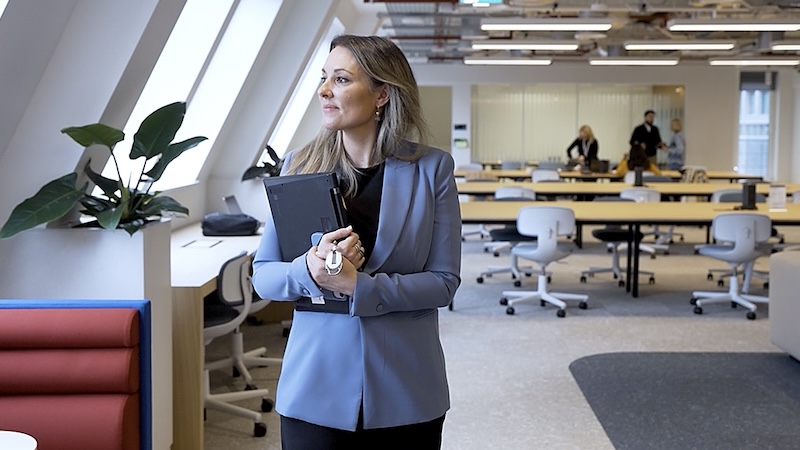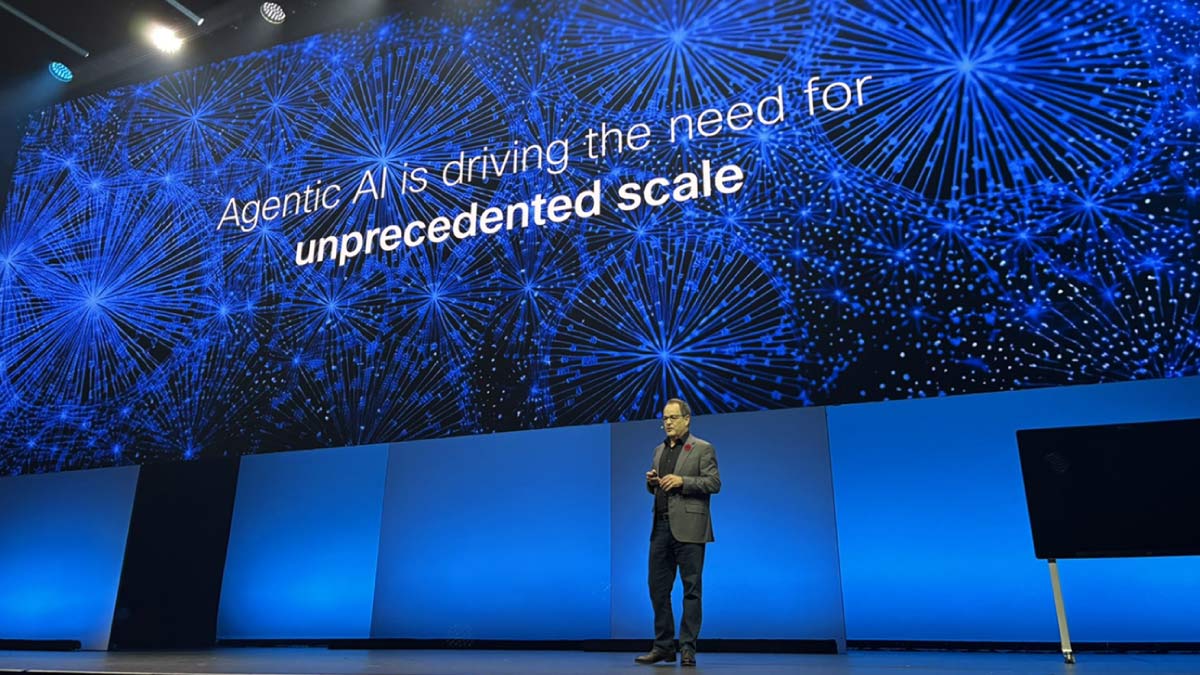Bailey Szeto knows a thing or two about hybrid work. At the start of the pandemic, the Digital Workplace VP and his team helped enable Cisco’s entire employee workforce to work from home in a matter of days. During that time, he spoke to us about ensuring business continuity and the importance of both physical and mental safety.
We catch up with Bailey in this Q&A to hear about the kind of technology that has rapidly changed the way we work today and how leaders can utilize these technologies to manage teams better during this hybrid transition.
A. The first thing that comes to mind is the availability of the vaccine in some parts of the world. This has been good news and as the availability continues to increase around the world, it leads us to a more positive mindset about possibly returning to the office.
The other thing that has changed is the role of hybrid work. When we last spoke, hybrid was considered an interim state. It was what we were going to do before a “return to office”. However, we now realize that hybrid is likely the end state. This is how companies will work in the foreseeable future.
A. I think the challenge is twofold. The first challenge is how to keep a hybrid workforce fully engaged – with the company and with each other. This was a lot easier when everyone was in the office and people connected at both a work level and a social level. When the workforce is mixed, with some people in the office and others remote, it becomes a lot harder to keep that interaction and engagement going.
The second challenge with a hybrid workforce is how to ensure that the company is continuing to innovate. During the pandemic, we were great at keeping the company running and we did many things fully virtual for the first time. For example, we completed our first fully virtual year-end close. But there is “magic” when people get together, such as innovation that happens when people are brainstorming on a whiteboard, or a “happy accident” where someone overhears a problem and has a novel solution. We need to enable our workers to a be a part of that magic and innovate even while remote.
A. We are using Cisco’s technologies in many ways to support our return to office. A top priority is to keep our employees safe. We have used Cisco’s DNA spaces technologies to do density management to ensure social distancing in offices. In addition, we are using Cisco’s telepresence sense and other technologies to enable touchless capabilities on many of our devices and in conference rooms.
Webex collaboration is key to how Cisco employees work. Every communication starts with Webex, whether it be a simple message or a full-blown high-definition video meeting. I talked about the need to keep remote workers engaged in a hybrid work situation and Webex Deskpro helps us do that. With Ultra HD (4K) resolution, the remote engagement level goes up significantly. While virtual whiteboard solutions have existed for a while, the high resolution and simplicity of using a pen makes remote whiteboarding on a Deskpro truly effective.
A. The network plays an even more important role in hybrid work. We have seen many customers look towards enterprise class solutions for their remote workers. They have realized that when there is a lot of demand on the network at home, consumer class network devices lack the capability and reliability needed for remote work. One common customer request has been to ensure that work related traffic (meetings, messages, etc.) is given priority over video game or video streaming traffic from others in a household.
Related to network, cloud has become a critical part of remote work. With so much of the workforce geographically dispersed, it is important that people can connect to applications that are closest to their location. And while the cloud offers speed, it is imperative that you have the right security controls in place.
A. Take extra time and effort to make the social connections. This would have happened naturally while in the office, such as going to coffee or lunch with someone. When the team is hybrid, however, you need to find ways to get the entire team to build those social connections. For example, do a virtual lunch together over Webex. Or at the start of a meeting, don’t just jump right into the work and spend a few minutes sharing what is going on from a personal standpoint.
When in a meeting, take extra care to equalize the playing field. If you are in the office with two people and have two people remote, make sure the people in the office are not dominating the meeting. Take time to stop and ask remote attendees if they have any questions or comments on the matter. Even better, make it a norm to use the “raise hand” feature if someone wants to talk, regardless of if they are physically present or remote.
A. On physical safety, it is important to remember that we are not quite “safe” yet – the virus is still out there, and not everyone is vaccinated. I tell the team to continue to practice safety (social distancing, masking, etc.) and most importantly, not to let anyone pressure them into doing something they are uncomfortable with. If there is a request to go into the office, I tell my team that I will support them in whatever decision they make. If they want to go in, fine. If they are uncomfortable at this point, then they do not have to go to the office. The pandemic has proven we can work remotely, so there is no need to go into the office, especially if they feel unsafe doing so.
A. A year from now, it will become the norm that you go after the best talent, regardless of where they live. Tools will evolve that enable the “magic of the office”, allowing employees to innovate even while remote. People will consider someone else a good friend even if they have never met them in person – because they would have had high quality social interaction. It will not be required to go into an office, but when employees do so, it will be a reinforcement of the company culture. In other words, we will stop calling it “hybrid work” and just call it “work.” 😊




